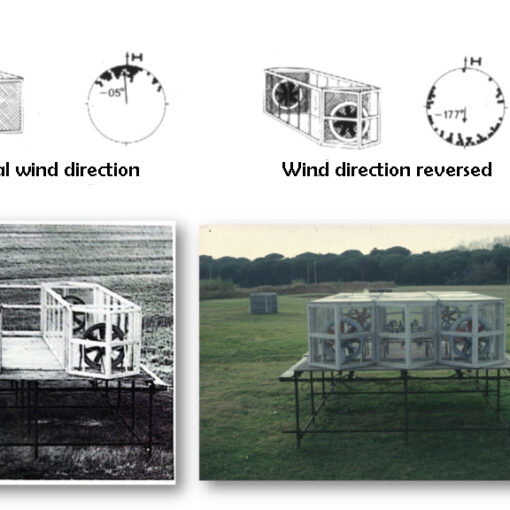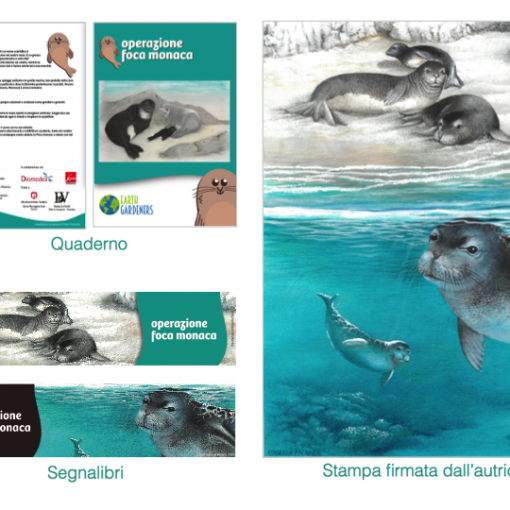
An old adage mentions: “we are what we eat”. We think there is nothing more true. The Mediterranean populations have for a long time brought written on where they lived and what they ate: the goiter so common in areas where it was not possible to find salt, or the pellagra of areas that had taken habits related to the exclusive consumption of corn polenta arrived in Europe from South America. A healthy and flourishing aspect was typical only of those who could “afford” abundant and varied food. At present the situation in the Mediterranean basin, especially in the industrialized countries, is decidedly different and luckily it is no longer enough to “glance” to understand someone’s class or area of origin. We all eat everything and exotic foods are sold at all supermarkets. We ask ourselves what it means in terms of cultural belonging. The homogenization imposed by the consumer market can be experienced as a loss of identity or cultural enrichment.
In the moment in which we lose sight of the place of production of what nourishes our physicality, what happens in our relationship with the environment that has made us become what we are? Far from finding the answers to these questions, we try to reflect on some issues that bind us particularly to an ecosystem that has shaped us genetically and culturally
In Western countries, an average widespread wealth has determined the possibility of satisfying any dietary desire, but at the same time, except for the essential nutritive aspects, the same wide availability of food has increased the sense of anxiety regarding the choice of food. It is in practice the exacerbation of what, referring to the food attitude of our species, has been called the “omnivorous paradox”: omnivorous by nature, that is biologically brought to find in different foods the nutritional principles that we need, however, we are cautious and suspicious of food choices and novelties; for this reason we would have exacerbated the natural diffidence in the choice of a food that, thanks also to modern technologies, had never been so varied and abundant.
But even without considering this aspect, the advent of the wellness society has led to the establishment of a relationship with food that is substantially different from the past.
Despite having solved the millennial problems of subsistence that have characterized almost continuously the previous eras the advent of the industrial one, the man – always less direct producer of food and more and more consumer – has come to find, within a couple of generations, having to pay a heavy price in health terms because of its new condition: the extension on a social basis of diseases or degenerative diseases such as atherosclerosis, different types of cancer, diabetes, hypertension and a ” affection “of a general nature such as obesity, have marked heavily the era of food abundance. Pathologies certainly connatural to the human condition both in its biological and behavioral aspects, but which still constitute in the whole a condition in which the multiplicity of causes, profoundly changed at the entrance of the industrial era, has one of the oldest and most important factors in the alimentary dimension. certain.
But it is not just excessive food consumerism that puts the inhabitants of the more developed late countries as unavoidable perplexities. It is precisely the excess of technology applied more and more rapidly and widely to the food sector to determine a progressive sense of rejection towards industrial food.
This waste is often only superficial, since it coexists with the multiple advantages of some technologies applied to industrial foodstuffs and which are considered indispensable (just think of the techniques of preservation, cooking and packaging or the formulation of dietetic foods), but which however it involves the very concept of industrial food production and therefore also a large part of the current consumption model. Hence the diffusion of alternative models, from “scientific” dietetics to vegetarianism and nutritional theories to the limit of doctrinal dogma. All however aimed at the need to restore a proper relationship with food. On this level, one of the aspects that characterize the eating behavior of the Western consumer is his declared search for a balance: above all that between the various nutritional components of food seems to have become, together with the “risks” of industrial food, the main concern .
Within this overall framework, a denominator that seems to further unite the industrialized countries is represented by a marked nostalgia for the food model of the old peasant society, perceived as a perfect synthesis between genuineness, healthiness, nutritional value and ultimately total balance.
The regret for the “good old days”, which is typically generational and characteristic of every age, seems to be at this point weld to the profound productive, economic and nutritional transformations that have occurred in the last decades. Hence, frugal food, natural ingredients, peasant food traditions in general are rediscovered as a sort of antidote against the excesses and risks of modernity.
However, this process is largely based on a substantially ideal and imaginary reinterpretation, because it recovers aspects of peasant food transposing them into a privileged economic condition and which makes the old food model revive only in some superficial aspects.
It should not be forgotten, in fact, that this productive and alimentary model was not very effective in countering the recurrent scourge of famine, as well as a widespread and chronic condition of undernourishment.
The rickets and endemic cretinism, which are due respectively to vitamin D3 and iodine deficiency, which were part of a general picture of malnutrition, constituted a constant throughout the pre-industrial age. Together with the pellagra (also a vitamin deficiency disease), they represented so many social wounds that they found a solution only at the beginning of this century. However, even if we do not consider situations of particular deficiency, in the past the general picture of food was qualitatively monotonous, devoted to satisfying essential needs and always using the most economical ingredients and methods.

The diet was largely vegetarian and the ingredients derived from domestic production largely exceeded those purchased. The same desire for bread binds with an almost “ideal” continuity throughout this era; not only because bread has been and remains the basic food of peasant food, but because the real wheat, was almost always the prerogative of a lucky few, while the ordinary, black and heavy, was produced with all sorts of cereals and grains . Any plant capable of providing a flourish product was used for bread-making: vetch, sorghum, millet, corn.
Testimonies of the fourteenth century make it clear that plants such as the cicerchia, which should have been used for animal feed, were equally used for human food.
A further, considerable constraint in the choice of food derived from the strict dependence on seasonal availability; the dry, salted, smoked, sour, fermented food constituted the majority of the food supply, which did not guarantee sufficient food autonomy during the year. Salting and fermentation, for example, had their most important use in the production of cheese, meat and salted fish. It is not said however that the raw materials were easily available. The scarce availability of milk and pork often coincided with the scarcity of salt, which in some areas had a not negligible economic value.

Thus, especially in the warmer regions, dried foods were the most readily available. This is the reason that one of the Mediterranean foods par excellence, the fig, today considered as a fruit like others, has enjoyed in the past much more consideration in a large geographical area. Fresh or dried, figs were an important resource not only for their intrinsic energetic virtues, but also for their preservability.
The illusion of health, of genuineness, of goodness, of nutritional correctness, in a word of the alleged perfection of peasant food, should then be traced back to its right dimensions, within a relationship between present and past, between old and new. opportunity.
The effects of the eighteenth-century agrarian revolution, of the industrial one of the following century, of the current technological one, have traced too much a gap between the current availability and that of the past peasant society, so that an effective comparison is possible. This, however, must not preclude the possibility of recovering the positive aspect of that productive and alimentary model expressed, thanks to a plurisecular experience and a global adaptation with food that we can not find again through today’s habits.
Apart from the different social and productive structures, the elements of comparison should be sought on the cultural level, the only one that can express a continuity among the many elements that so clearly differentiate the current diet from that of the pre-industrial age.
Credits:
Author: Anna Lacci is a scientific popularizer and expert in environmental education and sustainability and in territory teaching. She is the author of documentaries and naturalistic books, notebooks and interdisciplinary teaching aids and multimedia information materials.
Translation by Maria Antonietta Sessa



